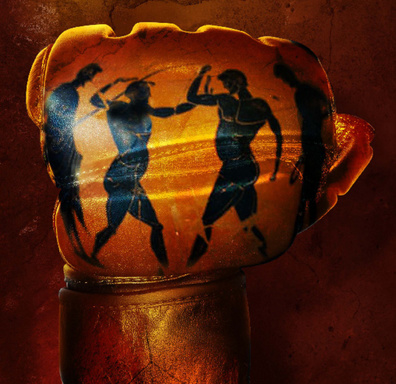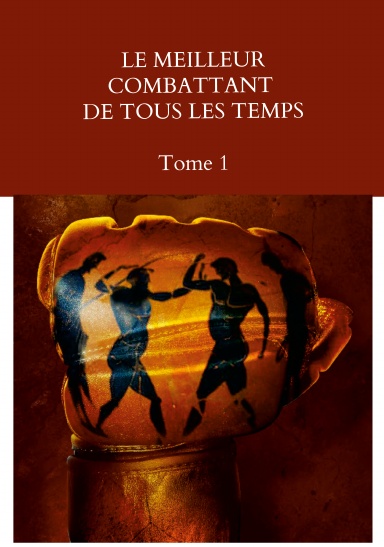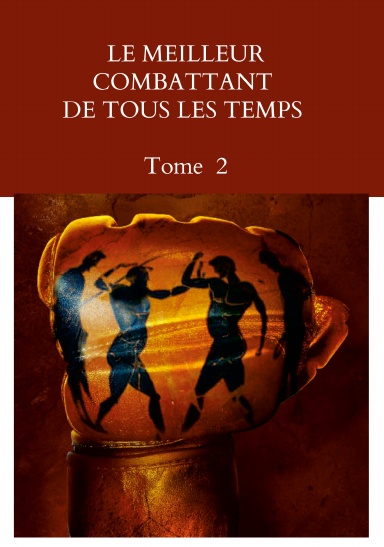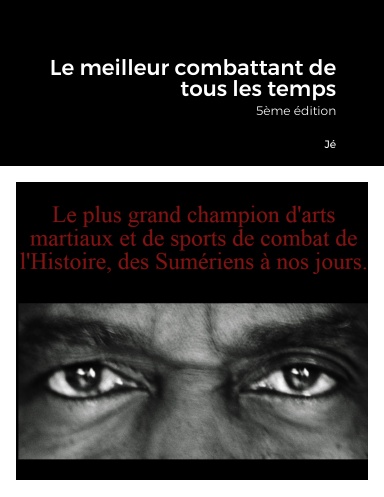Нийтлэгдсэн огноо: 2015.11.21
A Mongolian traditional festival inscribed in 2010 on UNESCO’s Representative List of the Intangible Cultural Heritage of Humanity
Wrestling is the most popular and the much-awaited events during the Naadam Games. There is no ring. Wrestling matches are held in the open on a grassy field, or on bare dirt with 512 wrestlers during Naadam coming on to the field to compete. There are no weight classes. The object of a match is to get an opponent to touch his back, knee or elbow to the ground by using a variety of throws, trips and lifts. Rank can only be attained during the Naadam festival and is determined by the number of rounds won by each wrestler. Before and after the match, each wrestler does a traditional “Eagle Dance”, which has its origins in shamanistic rituals.
Horse-racing is another ancient and important games of the Naadam. Hundreds of horses and their small jockeys – boys and girls aged between 8 and 12, will run several scores of kilometers across the steppe. The only drawback are the fatal accidents child jockeys happen to fall into when they fall off their speeding horses. Nevertheless, the horse races draw large crowds of spectators, some racing towards sweating horses to wipe horse sweat to bless them hoping it would bring good luck.
Archery is as ancient as Mongolia’s history. It used to be a male-dominated event, but now women and even girls test their marksmanship, using the composite Mongolian bows. The targets are cylinders made of hardened and knit camel hide, 75 meters away for male competitors and 65 meters for female competitors. The winner of the Naadam Archery Games are decorated with elaborate titles. A foreigner donned in Mongolian national dress the del can try a hand at shooting.
The origin
Wrestling is an integral part of traditional culture and sports of the Mongolians. Ancient Chinese historical sources, according to a Mongolian sport researcher Ts. Shagdargochoo, say that “more than 7000 years ago the nomadic Mongols living in the northern parts of China held na- adam festivities celebrating mountains and hills” and reveals that the three manly games had evolved and developed during the Hunnu Empire (209 B.C. – 93 A.D.) to take the shape and form that they are today. A rock drawing showing two men wrestling was found from Del Khonjil Mountain in Olziit soum, Dundgobi aimag. Historians have identified that this rock drawing belongs to the period of the Bronze Age or 7000 to 11000 years ago. Therefore, this is an evidence that at the minimum Mongolians had this sport of wrestling at least 7000 years ago.
The origin of wrestling, according to historians and researchers, was inseparably linked to the daily life of the Mongolians. For instance, the Mongolians bare handedly handled livestock animals also for their food needs. Consequently, different tribes not only made different similar movements in their daily life but also used this movement to express their feelings, strength and vigor. The movements, wrestling techniques, gestures of Mongolian style wrestling all evolved in this Mongolian wrestling also takes its source from the military warfare games. All ancient tribes had valiant, strong and deft men serve in the armies, whose physical strength were built through wrestling, their eyesight and movement of the hands were improved through archery and spear throwing, and stamina built by taming horses and running race horses.
History related to the Three Manly Games of the Mongols came down to meet with the 20th century. The first modern Naadam Games were held in July 1921 after the Mongolian People’s Soldiers together with Soviet Red Army units liberated Niislel Khuree (old name of present-day Ulaanbaatar) celebrating the victory of the People’s revolution, in which 96 wrestlers competed and a certain Damdin from Selenge aimag became the first champion by winning 7 bouts. And since the Naad- am Festivities have been celebrated in this manner in the country in the last 93 years.
The Bout
Traditionally the wrestlers were not randomly matched through like a drawing. The host of the Naadam had the privilege to arrange these matches and would often lend their favorites an advantage. Sometimes such arrangements would result in serious disputes between hosts and visiting wrestlers. Although the modern wrestling codes since 1980 stipulate that a lot drawing method be used, but this is usually only done at major cross-regional Naadams and championship matches. At the grassroots level the traditional system is still used.
The goal of a match is to get your opponent to touch his upper body, knee or elbow to the ground. There are no weight classes or age limits, but according to the new rules, there is a time limit especially when the two wrestlers take longer to bring the opponent down. In this case the seconds or the zasuuls, as they are called, of the wrestlers set up fair grip positions between the wrestlers to finish the bout faster. Each wrestler wrestles once per round with the winner moving on the next round and the loser being eliminated from the competition.
The technical rules include a variety of throws, trips and lifts that are employed to topple the opponent. The outfit of the wrestler has been developed over the ages to reflect simplicity and mobility. The standard gear of a wrestler includes a tight, collarless, heavy-duty short-sleeved jacket and a small, tight-fitting briefs of red or blue color, and leather boots in traditional style.
One of the defining features of Mongolian wreslting is a dance wrestlers perform as they enter the contest field and exiting at the end imitating a flying eagle.
Wrestlers have ranks which can only be attained during the Naadam festival. The number of rounds won by each wrestler determines rank. The lowest rank is the Falcon of Soum, given to the top four wrestlers at the soum level Naadam in any 324 sums of Mongolia. The highest rank is “Giant.” The rank is held for life. Historically the most successful wrestler is recorded as Namkhai who won the Naadam 19 times and 7 times finished second. He got his first Naadam win in 1895. Only 20 modern-day wrestlers reached Giant rank since 1921. Incumbent Member of Parliament Badamnyambuu Bat- Erdene is considered the most successful wrestler in the modern era with 11 championship wins. Other modern-day Giants are Khorloo Bayanmonkh (10 wins), Badamdorj Tsevendorj (7 wins), and Jigjid Monkhbat with 6 wins, who is the father of Hakuho, the reigning Sumo Grand Champion of Japan, who is carrying on the tradition of Mongolian wrestling on the Japanese tatami.
Sumo Grand Champion Hakuho
Mongolian sumo wrestler, Yokozu- ona Hakuho made history this year in Japanese professional wrestling with his 11th-career clean win in the New Year Grand Sumo Tournament which was held in Tokyo from 11-25 January. In this way, Hakuho or Davaajargal, which is his Mongolian name, secured sole ownership of the all-time record with his 33rd career Japanese Emperor’s Cup.
Former yokozuna Taiho, a Japanese, who was considered the most successful wrestler of the postwar era, is now second on the list with 32 titles.
“I am really tired but now that I was able to surpass Taiho, I feel like I have really repaid my debt of gratitude to him,” said Hakuho when interviewed by NHK after the end of the tournament.
He attributed his wins to the support of other wrestlers also noting “And behind every strong man there is a smart woman — my wife. Since being promoted to yokozuna she has been there for me,” and referred to his father Monkhbat, the Giant of Mongolian wrestling who taught him all the best wrestling techniques when he was a boy.
Hakuho was promoted to the rank of yokozuna in 2007 and he was the first to win four straight titles since former yokozuna Asashoryu, another Mongolian sumo grand champion, accomplished the feat in 2006-07.
“Hakuho has a career virtually unblemished locked away in the bank of sumo history. He is a once-in-a-gener- ation fighter, if not a once-in-a-lifetime example of what can be achieved in Japan’s oldest organized sport,” wrote Mark Buckton of The Japan Times.
Hakuho’s father Munkhbat
Monkhbat, the six-time champion of the Naadam Games was born in 1941 in Tov aimag, central Mongolia. He holds the coveted title of Merited Sportsperson, Hero of Labor, the Un- defeatable Giant Champion of national wrestling and won the first silver medal in freestyle wrestling for Mongolia from the Summer Olympics in Mexico in 1968. He was the first Mongolian to win medals from the Olympic Games and world championship.




